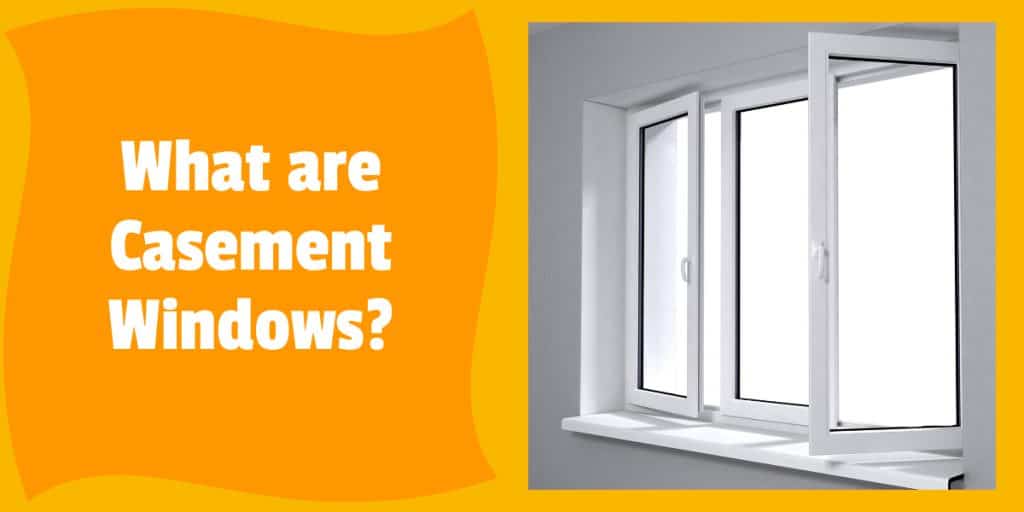
Casement windows have been a popular window style for hundreds of years, and they remain a favourite today. Casement windows are windows characterized by their hinged sash that swings outward like a door when opened.
This style of window can be found in homes, businesses, and other buildings around the world and has been used for centuries. In this blog post, we’ll take a look at the history and origin of casement windows, as well as where they are used today.
Contents
- The History of Casement Windows
- Types of Casement Windows Today
- Advantages of Casement Windows
- Disadvantages of Casement Windows
- Type of Materials Best for Casement Windows
- Are Casement Windows the Best?
- How Do Casement Windows Compare to Other Options?
- Casement Windows vs Sash Windows (Double-Hung Windows)
- Casement Windows vs Sliding Windows
- Is It Worth It to Replace the Window When Planning to Sell Your House?
- Casement Windows Parts
- Types of Casement Windows
- Styles of Casement Windows
- Casement VS Awning Window (Top Hung Casement)
- Casement Window Prices
- Final Thoughts
The History of Casement Windows
The casement window has its roots in the 18th century when it replaced the older stone mullioned windows. The term “casement” refers to the section of the window that opens outward, either with a crank or a lever.
The window type began to become more popular in this era due to advances in glass manufacturing which made larger sheets of glass possible and allowed for larger windows.
By the 19th century, casement windows were entirely developed from timber, with designs including single- or double-hung sashes. The casement window’s popularity continued to grow throughout this century and beyond, as it was seen as one of the most efficient ways of providing ventilation and light.
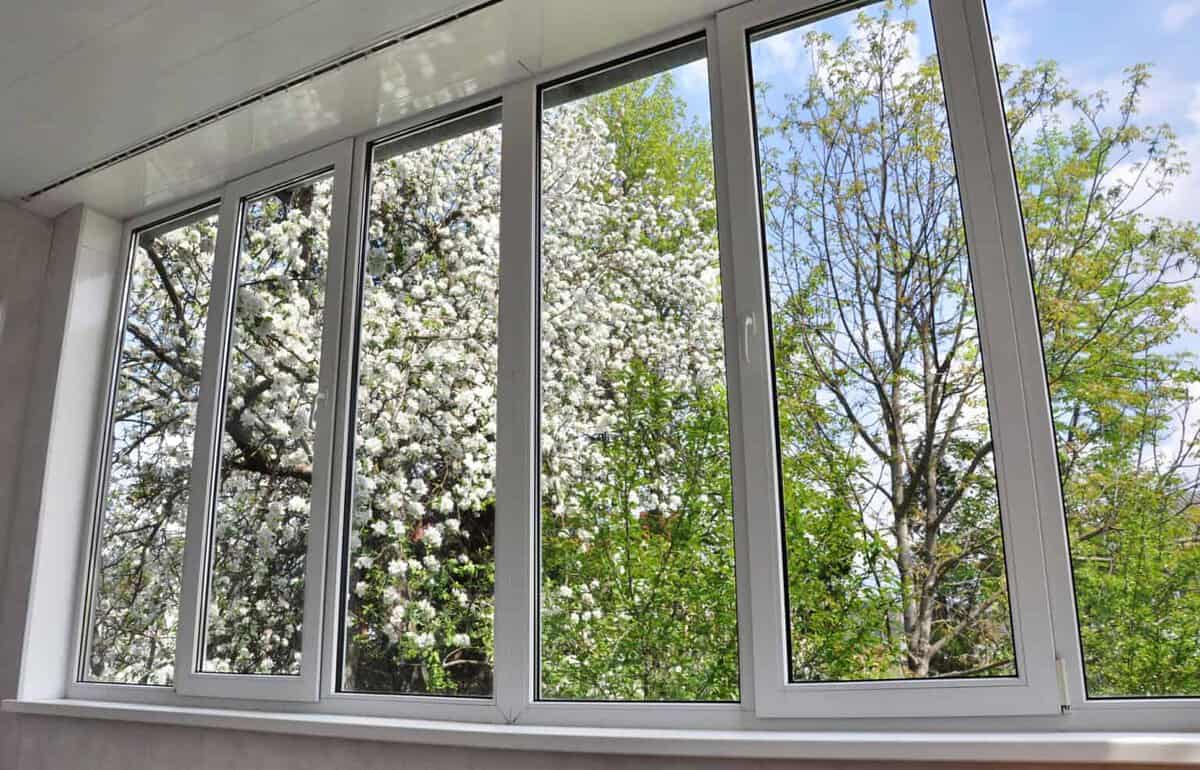
Types of Casement Windows Today
Casement windows are one of the most popular window types today, and they come in a variety of different styles.
Single Frame Casement Windows
Single-frame casement window is the most common type of casement window. These windows open outward and are held in place by a single frame. They are easy to install and maintain and offer great ventilation.
Double Casement Windows
Double casement windows are similar to single-frame casement windows, except they have two frames instead of one. They offer more ventilation than a single-frame window and are perfect for larger windows.
Picture Casement Windows
Picture casement windows feature a large window pane that opens outwards and a smaller window pane that remains fixed in place. These windows can be used to create a stunning focal point in a room.
Push-out Casement Windows
Push-out casement windows open outward and can be pushed against the wall for maximum ventilation. They are often seen in contemporary homes and offer great views.
Awning Casement Windows/Transom Casement Windows
Awning and transom casement windows are designed to open outward from the top. They offer great ventilation and are often used in modern homes.
Bay or Bow Windows
Bay or bow windows are large, curved windows that are typically made up of several small casement windows arranged in an arc shape. They offer excellent views and provide plenty of natural light in the home.
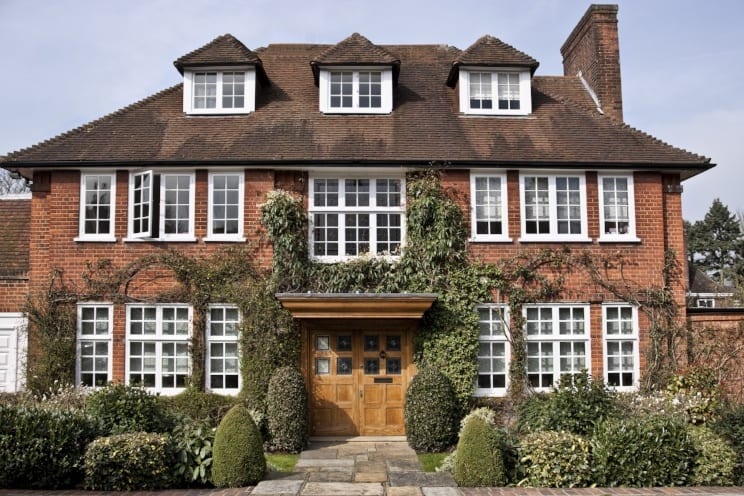
Application of Casement Windows
Cottage Application: Casement windows are often found in cottages, as their charm and beauty add a nostalgic air to the building. They are easy to open, allowing for plenty of natural ventilation to keep the cottage cool during the summer months. They also provide excellent insulation, keeping the home warm during cold winter months.
Contemporary Application: Casement windows are also popular in contemporary homes, as they offer clean lines and modern aesthetics. These windows are often made from uPVC, which is low-maintenance and durable. They can also be combined with other materials such as wood or metal to create unique and stylish designs.
Casement windows are ideal for areas where access to the outside is needed, such as balconies and decks. They can be opened completely to allow for maximum ventilation, or partially for a softer breeze. Additionally, these windows provide excellent insulation and security.
Advantages of Casement Windows
Casement windows are a popular window style and for good reason. They offer a range of advantages for homeowners including their versatility, fully sealed insulation, simple-to-use design, clear views, ventilation options, and increased security.
Versatile
Casement windows can be employed in several applications and styles. They are available in a range of shapes and sizes and can be used with distinct frame materials and colours to fit your home’s aesthetic.
Fully Sealed for Insulation
Casement windows are fully sealed when closed to provide excellent insulation against the elements and to help regulate the temperature within your home. This means you can save money on energy costs as you won’t need to keep the heating or air conditioning running as long.
Simple to Use
Casement windows are designed to be very easy to use and are usually operated with a handle or crank system. This makes it easy for anyone to open or close the window without much effort.
Clear Views
When opened, casement windows provide an unobstructed view since the entire pane of glass can be seen. This allows for maximum natural light to come into the room and provides an excellent panoramic view of the outside.
Ventilation Options
Casement windows offer great ventilation options since they open outwards from the centre hinge point. This allows for more airflow than other window types that open up and down.
Security
Casement windows are more secure than other types of windows because they open outward, making it difficult for intruders to gain access to your home. They also come with lockable handles for additional safety and security.
Disadvantages of Casement Windows
Casement windows come with some disadvantages that should be taken into consideration when making your window purchasing decision.
The first is size limitations, as casement windows tend to be limited to a maximum size. While it’s possible to purchase larger casement windows, it’s not always the most efficient solution as they may become bulky or difficult to operate.
Another disadvantage is that casement windows are not compatible with storm or screen windows. This means that if you require more protection against insects and inclement weather, you may have to look for other window solutions. Additionally, due to their hinged design, casement windows can sometimes interfere with patio furniture or any other objects placed nearby.
Type of Materials Best for Casement Windows
When it comes to choosing the best material for casement windows, there are several options available. Some of the most common materials used for casement windows include;
Aluminium
Aluminium is a popular choice for casement windows due to its strength and durability. This type of window frame is also very low maintenance and can be painted or stained to match the interior of your home. In addition, aluminium frames are often less expensive than other materials, making them an affordable option.
uPVC
uPVC is a type of plastic that is becoming increasingly popular for casement windows. It has a low carbon footprint, is highly durable, and does not require painting or staining. It is also weatherproof and provides excellent insulation for your home.
Timber
Timber is another popular material for casement windows as it is aesthetically pleasing and provides good insulation. However, timber windows do require more upkeep than other materials such as painting or staining to keep them looking their best.
Composite
Composite is a combination of wood and plastic, and it has some advantages over other materials. It is energy-efficient, energy-efficient, and low-maintenance, thus a perfect option if you’re looking for a long-lasting window frame.
Steel
Steel is another option for casement windows and is known for being strong and durable. It requires minimal upkeep and can be painted to match the colour scheme of your home.
Are Casement Windows the Best?
When considering window options for your home, the answer to whether casement windows are the best really depends on the property type. Casement windows offer a number of benefits that make them an attractive option for both temporary and permanent properties.
For starters, these types of windows provide more airtight seals than sash windows, which can help improve energy efficiency in homes. The crank mechanism used to open and close casement windows also ensures a snug seal against the frame when closed.
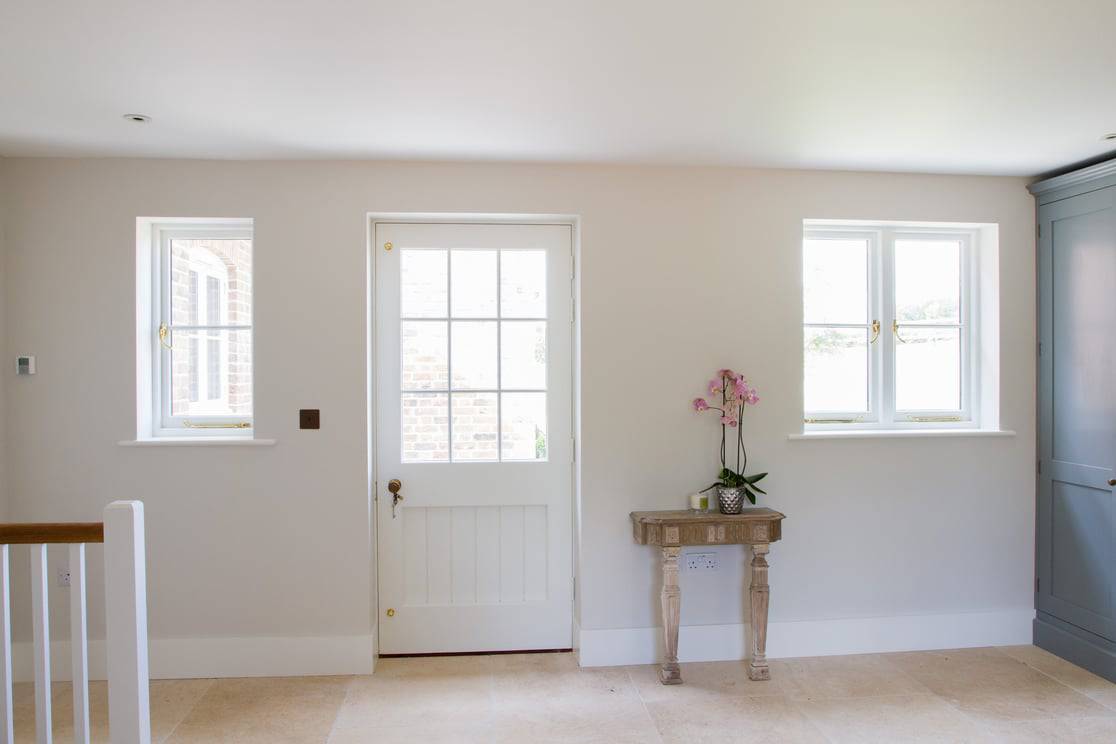
How Do Casement Windows Compare to Other Options?
Casement windows offer unique advantages that make them stand out compared to other window styles. One of the biggest advantages of casement windows is their ability to be opened outwards, rather than having to slide or tilt open. Casement windows also have a tighter seal, creating better insulation and energy efficiency.
Casement Windows vs Sash Windows (Double-Hung Windows)
Casement windows and sash windows, also known as double-hung windows, are two of the most popular window styles. Although similar in function, these two window types vary greatly in terms of design, material, cost, and installation.
When comparing casement windows to sash windows, one of the main differences between the two is the method of operation. Casement windows open outward from a single side hinge and are often cranked with a handle. Sash windows, on the other hand, are composed of two sashes that slide vertically or horizontally.
Another difference between the two window types is their material. Casement windows are typically constructed with metal frames and glass panes, while sash windows tend to have wooden frames and glass panels. This makes sash windows a better option for older homes, while casement windows are ideal for modern construction.
In terms of cost, casement windows are typically more expensive than sash windows. This is because casement windows require more complex components, such as cranks and hinges, to operate properly. Additionally, casement windows require special installation that can take more time and effort.
Lastly, when it comes to energy efficiency, casement windows generally outperform sash windows. This is due to their tighter seal when closed, which helps block out any drafts or outside noise. However, sash windows also offer improved insulation when both sashes are closed.
When deciding which window type to install in your home, consider all the factors above before making a decision. Both casement and sash windows offer unique benefits that can fit your lifestyle and budget.
Casement Windows vs Sliding Windows
Casement windows and sliding windows both have their own set of advantages and disadvantages.
Casement windows, which open outward and are hinged at the side, are great for ventilation. They can be easily opened with a single hand, allowing fresh air to enter your home. In addition, they can be secured with a key or a lock, providing additional security.
On the other hand, sliding windows open horizontally by sliding one side of the window up or down. They provide an unobstructed view of the outside, as they open without taking up any space inside the home. They also allow for good ventilation and can be easily cleaned from the inside. However, sliding windows can sometimes be difficult to open, depending on their weight and size.
When comparing casement windows to sliding windows, it really depends on your individual needs and preferences. Casement windows offer superior ventilation, but sliding windows offer an uninterrupted view. Both types of windows are available in different styles and sizes, so you should consider all of your options before making a final decision.
Is It Worth It to Replace the Window When Planning to Sell Your House?
Replacing old and outdated windows with modern, energy-efficient casement windows can make a huge difference when it comes to selling a house. New windows are more attractive to buyers and can add up to 10% in value to the property.
Moreover, they will help keep the house cool in summer and warm in winter, leading to lower energy bills. The money you spend on replacing windows is also likely to be recouped when you sell the house, making it worth your while.
Casement Windows Parts
Window Frame
The window frame is the structural support of a window, holding the glass and all other components together. It also helps to insulate the window against the outside elements.
Window Sill
The window sill is the flat surface on the bottom of the window frame that is typically exposed to the outside.
The Casement
The casement is the part of the window that opens and closes, usually held in place by a crank or handle.
Mullion
A mullion is a vertical or horizontal piece of wood or metal that divides two parts of a window. They are commonly used in casement windows to give them additional strength.
Transom
A transom casement window is a horizontal or vertical piece of glass that is placed above or beside a window. They are often used in casement windows to let in more light and create an interesting aesthetic.
Lock Handles
Lock handles are used to secure casement windows shut, making them more secure than other types of windows. They come in various styles and finishes, depending on your preference.
Trickle Vent
A trickle vent is a small vent in the top of the window frame that allows for air circulation without compromising security. They are particularly useful when the window is closed but still need to be slightly opened to prevent condensation build-up.
Georgian Bars
Georgian bars are decorative pieces of wood or metal that are placed on the outside of a casement window. They are often used to add an architectural element to the window.
Astragal Bars
Astragal bars are similar to Georgian bars but are designed to go on the inside of a window frame. They are typically used to divide two sections of a casement window or as a decorative element.
Types of Casement Windows
Side Hung Casement Windows
Side-hung casement windows are the most common type of casement window and typically swing outward from one side of the window frame. This allows for easy access to the window latch and also enables ventilation in all directions as the window opens up wider than the hinged at the top casement window.
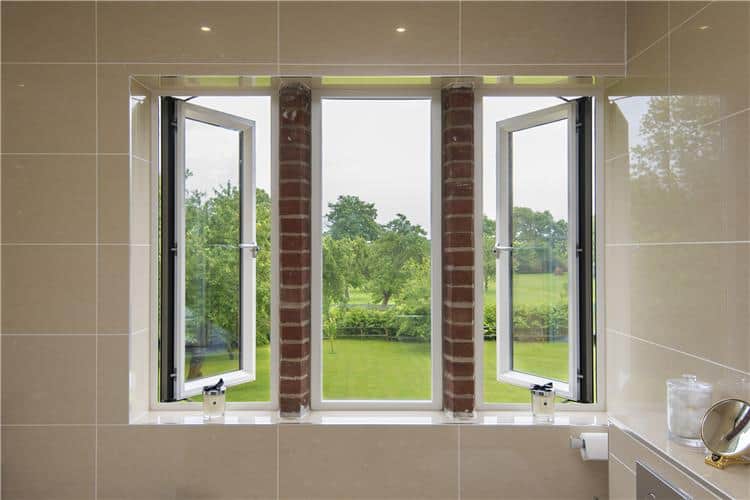
Top Hung Casement Windows
Top-hung casement windows have the same overall design as side-hung casement windows, but the window opens from the top, rather than one side. This type of window allows for easy access to the window latch and provides maximum ventilation by opening wider than a side-hung casement window.
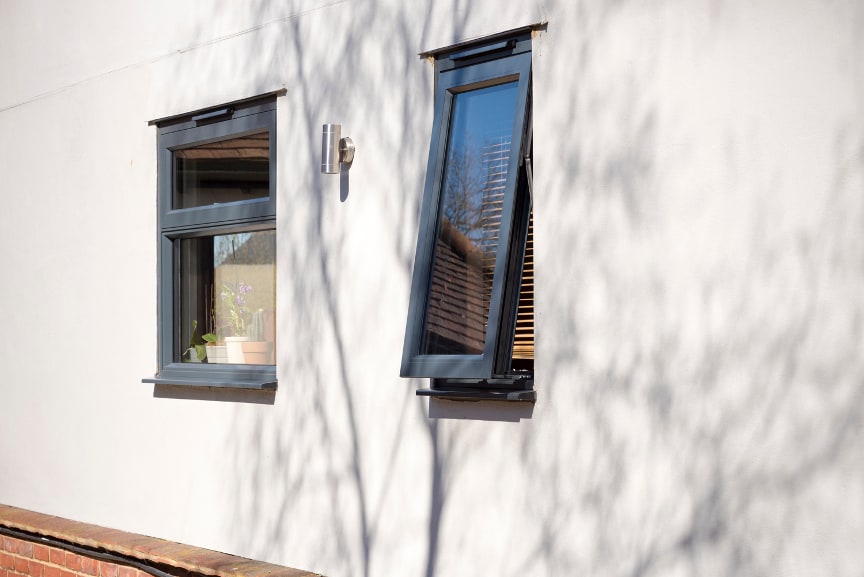
Fixed Casement Windows
Fixed casement windows are stationary and do not open or close. They are often used in combination with other casement windows to provide an aesthetically pleasing look and added ventilation when open.
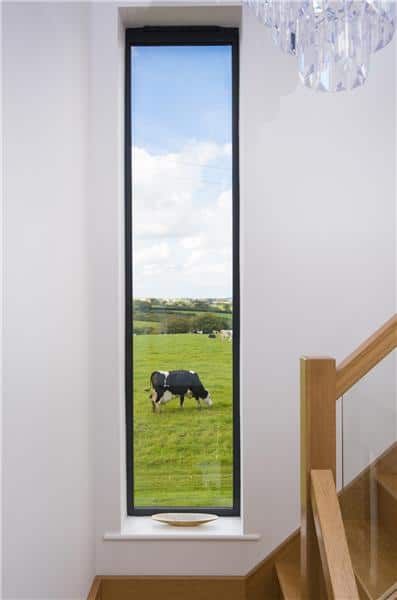
Mock Sash Casement Windows
Mock sash casement windows offer a traditional aesthetic, with two sashes that open outwards in opposite directions from the centre of the window frame. This type of window is designed for maximum air circulation and also provides extra security by allowing only half of the window to be opened at one time.
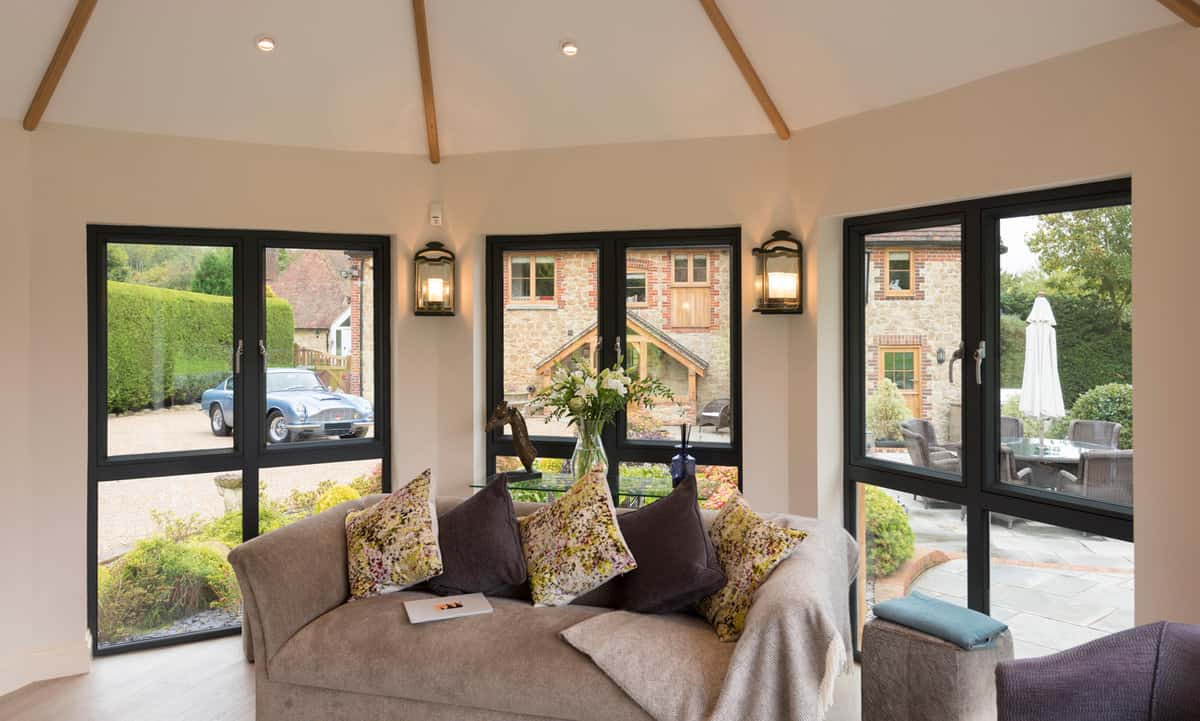
Styles of Casement Windows
Traditional
Traditional casement windows are characterized by a single, hinged panel of glass. They typically feature a wider frame than modern designs, providing better insulation and more options for hardware. They also come in a variety of colours, finishes, and shapes to fit your home’s style.
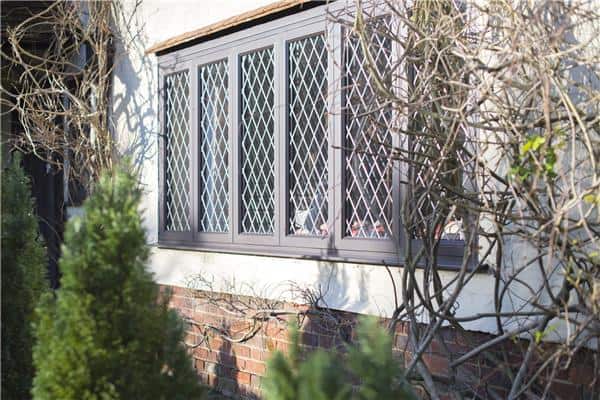
Modern
Modern casement windows are characterized by their sleek design and larger glass panels. They typically come in large sizes with fewer frames and less trim. This gives them a contemporary look that can complement any home.
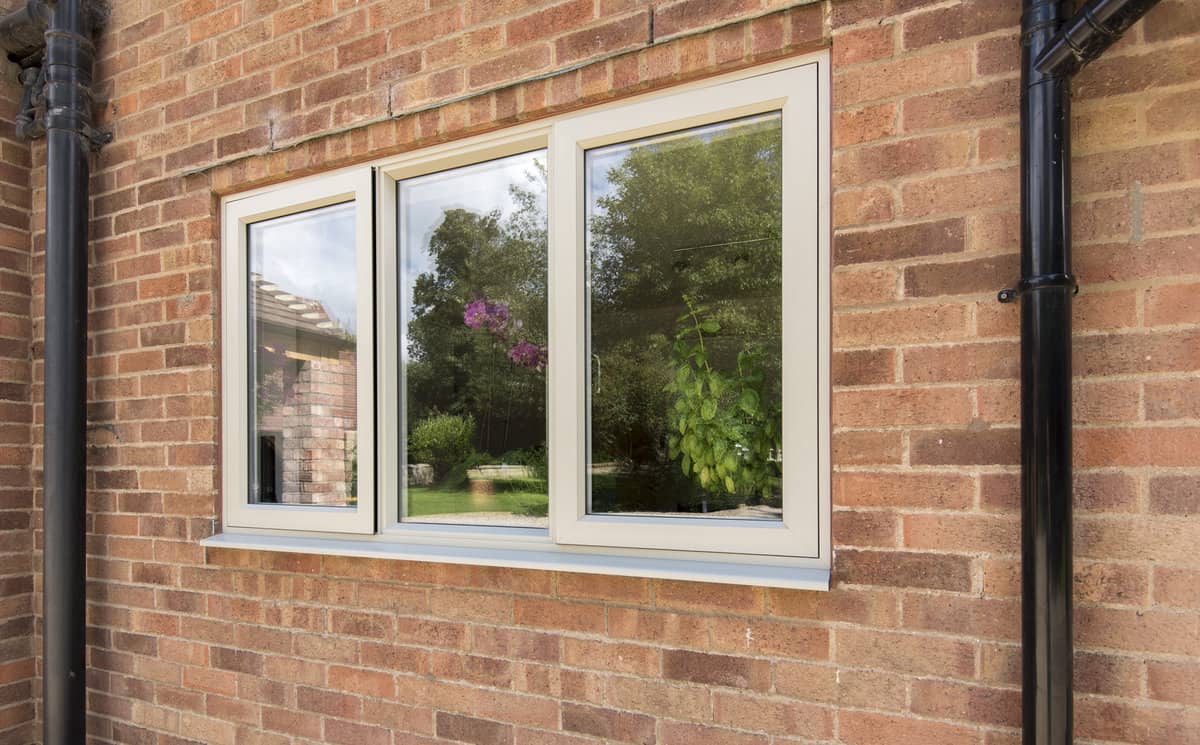
Georgian
Georgian casement windows are characterized by their symmetry and ornate details. The glass panels are typically set within a wood frame, with brass or decorative metal accents to provide added detail. These windows offer an elegant look that will add a touch of sophistication to any home.
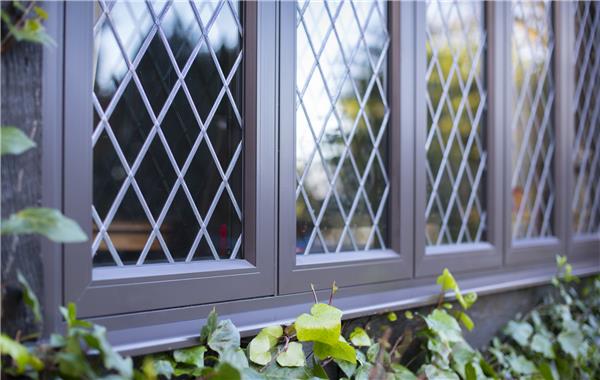
Casement VS Awning Window (Top Hung Casement)
Casement windows and awning (or top-hung casement) windows both offer a variety of benefits when it comes to style and functionality. Both types of windows can be made of wood, metal, vinyl, or fibreglass and both types of the window open outward.
One of the key differences between casement and awning windows is the way they open. Casement windows open outward by using a side hinge at the left or right-hand side of the frame.
Awning windows open outward by using an upper hinge and are designed to open with a crank handle at the bottom of the sash. This type of window is generally installed higher up in the wall and does not open as far as casement windows.
When it comes to energy-efficient windows, both types of windows offer a good level of insulation. However, awning windows are typically more airtight because they don’t open as wide and can be sealed tighter when closed.
In terms of style, both types of windows have their own unique look and can provide a great aesthetic for any home. Casement windows can create an open, airy look while awning windows can give your home a more traditional feel.
When it comes to deciding which type of window is right for your home, consider the space available, the climate where you live, and how much ventilation you need. Both casement and awning windows are great choices and can make a great addition to your home.
Casement Window Prices
Size of Window (mm) | Style | Price per window (not including installation) |
500 x 500 | Fixed | £150 – £200 |
1000 x 1000 | Fixed | £200 – £250 |
1200 x 1200 | Fixed | £250 – £300 |
500 x 500 | 1 Opener | £250 – £300 |
1000 x 1000 | 1 Opener | £275 – £325 |
1200 x 1200 | 1 Opener | £350 – £400 |
500 x 500 | French | £450 – £500 |
1000 x 1000 | French | £500 – £550 |
1200 x 1200 | French | £525 – £575 |
Final Thoughts
Casement windows are a popular style of window that has been around for centuries. They provide an elegant and timeless look that can be adapted to modern homes. They’re energy-efficient, easy to clean, and perfect for letting in plenty of natural light and fresh air.
Casement windows are also great for increasing ventilation and airflow in a room while providing additional security due to their sturdy frames and locks. Whether you’re looking for an aesthetically pleasing addition to your home or hoping to boost its value before selling, casement windows are definitely worth considering.



